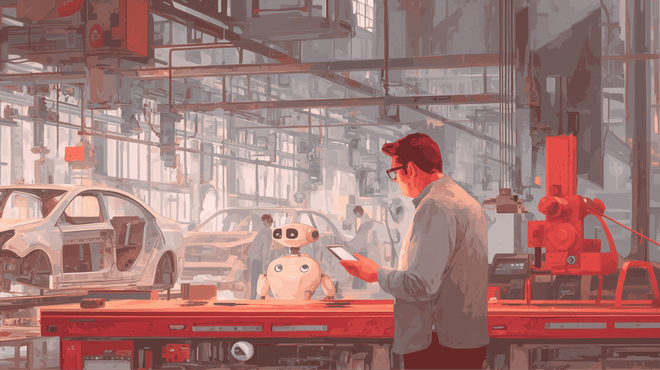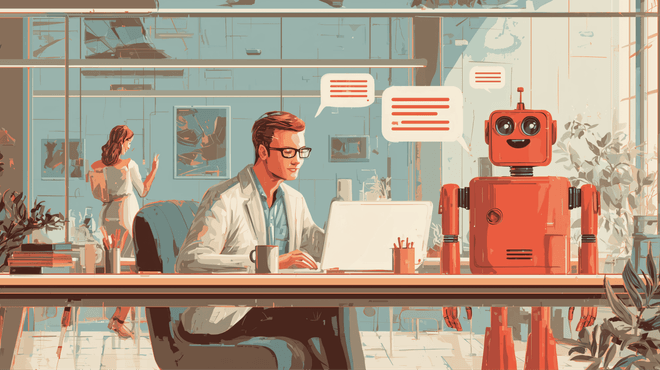Artificial intelligence (AI) is transforming logistics operations. As AI automates routine tasks, logistics professionals will shift into roles focused on oversight, training, and optimization. This evolution will enable humans and AI systems to form highly efficient collaborative teams. However, realizing this future requires thoughtful planning as AI capabilities accelerate.
Current AI applications in logistics
Many logistics tasks involve processing high volumes of repetitive data, making them ideal applications for AI and machine learning. AI excels at pattern recognition, forecasting, and optimization using massive data sets. This is driving automation in areas like:
- Shipment tracking – AI can extract tracking data from documents like bills of lading and provide real-time location updates.
- Demand forecasting – By analyzing past sales trends, market conditions, and external factors, AI systems can predict consumer demand across locations. This allows logistics firms to optimize inventory and capacity.
- Fleet coordination – AI helps coordinate delivery routes and load balancing across fleets to minimize costs and delays.
- Warehouse automation – AI-powered robotics and sensor systems enable efficient warehouse operations with minimal human input.
According to McKinsey research, 63 percent of respondents report revenue increases from AI adoption in the business units where their companies use AI, with respondents from high performers nearly three times likelier than those from other companies to report revenue gains of more than 10 percent. Respondents are most likely to report revenue growth from AI use cases in marketing and sales, product and service development, and supply-chain management.
Evolving roles in logistics
As AI matures, logistics workers will shift from manual tasks to training, managing, and optimizing AI systems. For example:
- Data analysts will track AI performance and retrain models to improve accuracy over time. Clean, unbiased data is essential for AI success.
- Fleet managers will oversee AI routing systems and adjust recommendations when needed to account for real-world variables. Humans still excel at handling edge cases.
- Warehouse staff will transition from stocking shelves to supervising robotic pickers and monitoring inventory systems. Humans can handle exceptions outside AI parameters.

According to a World Economic Forum study, by 2025, 85 million jobs may be displaced by a shift in the division of labour between humans and machines, while 97 million new roles may emerge that are more adapted to the new division of labour between humans, machines and algorithms.
It claims that robots are set to replace 50% of work tasks.

Preparing the logistics workforce for change
To aid this workforce transition, logistics leaders should take proactive measures including:
- Gradual AI implementation – Incremental integrations give workers time to adapt as responsibilities shift from manual tasks to oversight.
- Reskilling programs – Offer regular training on both AI tools and soft skills like analytics, critical thinking, and change management.
- Clear communication – Discuss how AI will transform existing roles and operations. Stress that the goal is enhancing human abilities, not replacing jobs.
- HR policy changes – Evaluate performance metrics and job descriptions to align with more analytical, collaborative responsibilities.
- Augmented operations – Explore approaches like having AI handles overnight warehouse shifts while humans manage daylight hours. Such hybrid models allow both humans and AI to maximize strengths.
The path to an integrated future
With deliberate strategies centered on measured adoption, reskilling, and transparency, logistics companies can ensure workers remain valued partners, not displaced casualties, in the AI revolution.
By recognizing AI’s potential early, logistics leaders can assemble the complementary strengths of humans and machines into unified teams. Workers can transition from repetitive tasks to high-value strategic oversight and engagement roles. AI will drive innovation and growth for logistics, but pragmatic planning will be vital to integrate these technologies successfully. Companies that leverage AI thoughtfully will thrive in the modern data-driven business landscape.




